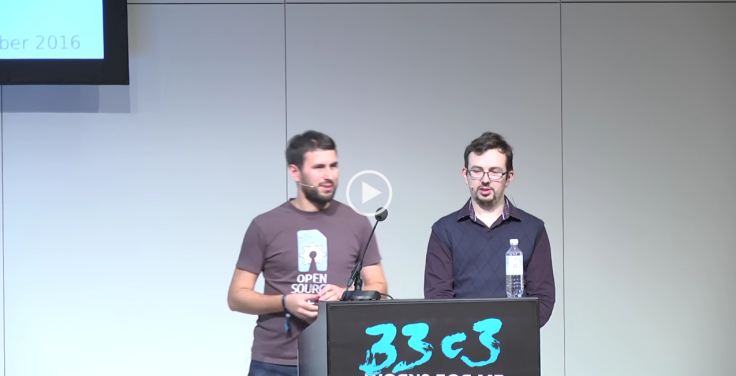A number of you requested more technical information on the board. Below are the most important parameters of XTRX. We will provide a more detailed view into each of these in followup posts.
- 2×2 MIMO Lime Microsystems LMS7002M FPRF frontend with 100kHz – 3.8Ghz tuning range
- miniPCIe form factor (30×51 mm).
- <10 us bus latency, stable over time.
- up to 160MSps@12bit per MIMO channel or (theoretically) even 240MSps@8 bit per MIMO channel in 2×2 MIMO mode (8Gbit/s total bus bandwidth).
- GPS-disciplined clock with initial 280 ppb stability, <10 ppb after GPS lock.
- Programmable sampling rate (30.72 MHz reference clock)
- Software controlled switch for Rx/Tx antennas band selection. No more RF cable switching.
- Multiple XTRX boards can be synchronized with each other to form a massive MIMO system.
- Low bus latency allows offloading parts of DSP processing to the XTRX onboard FPGA.
Why PCIe?..and not USB3 like in most inexpensive SDRs? Like with the UmTRX line, we were aiming for something that is easy to start playing/prototyping that easily translates to a commercial design. From our experience, a lot of production systems feature a PCIe or miniPCIe bus which is robust, low latency and high bandwidth – a perfect choice for a high performance embedded SDR (Look at the bus specs above, you can only get that with PCIe) plus we don’t think USB is a solid mechanical connector for a field device requiring months of unattended operation.
If you don’t have a miniPCIe or PCIe slot, depending on interest we’re planning an accessory to make it easy for everyone to use this board everywhere.
Price? Expect the same ballpark as a BladeRF SDR. As mentioned in the first post, our aim is to increase accessibility. Embedded devices usually cost premium for their robustness and durability and are out of reach for most users. With XTRX we’re aiming at bringing this industrial quality to masses.





